Endometriosis, the most common cause of infertility
What is endometriosis?
If you have been diagnosed with endometriosis or suspect you have endometriosis, you are likely to experience more severe menstrual pain than normal (dysmenorrhoea), as well as pelvic pain, discomfort when going to the toilet, irregular menstrual cycle, fatigue and may even have problems getting pregnant.
This happens because your endometrium, which is the tissue that lines the inside of the uterus and thickens to allow embryo implantation each cycle, starts to grow outside the uterus.
This is what is called endometriosis, a benign but chronic and invasive disease. As endometriosis progresses, the endometrial tissue spreads to the ovaries, fallopian tubes, uterine ligaments, bowel or other areas of the pelvis.
When this happens, the affected tissue cannot leave the body during menstruation, leading to inflammation, adhesions and, in some cases, ovarian cysts called endometriomas.
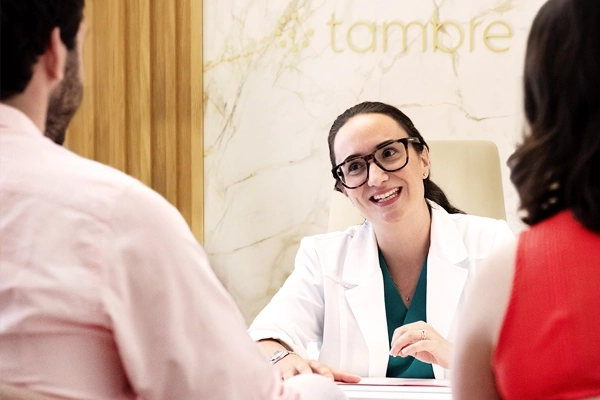
Why does endometriosis affect your fertility?
It is estimated that 10-15% of women and 50% of women who have difficulty achieving pregnancy may have some degree of endometriosis. Endometriosis is therefore one of the most common causes of female infertility and miscarriage. There are several reasons for this:

Poor oocyte quality
The inflammation associated with endometriosis can cause ovarian dysfunction and negatively affect the quality of eggs and their release during ovulation.

Diminished ovarian reserve
If fibrosis reaches the ovaries, it can lead to a reduction in the amount of healthy ovarian tissue, causing a decrease in ovarian reserve.
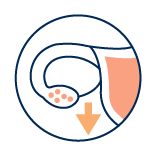
Abnormalities in the fallopian tubes
The formation of adhesions or scar tissue in the fallopian tubes can block them or make it difficult for the egg and sperm to meet, thus preventing natural fertilisation.

Poor endometrial receptivity
Endometriosis can also alter the normal anatomy of the reproductive organs and the pelvis, which can make fertilisation and implantation of the embryo in the uterus difficult.
What if it is adenomyosis?
Both adenomyosis and endometriosis are conditions that involve the growth of endometrial tissue outside the uterus. The main difference lies in where that endometrial tissue is located. While in endometriosis the tissue grows outside the uterus (ovaries, tubes, pelvis etc.), in adenomyosis the tissue is located inside the muscular walls of the uterus.This causes the uterus to enlarge and leads to severe pelvic pain, heavy menstrual bleeding and also difficulty in the implantation of the embryo and the development of gestation.
The importance of a good diagnosis
Diagnosing endometriosis and adenomyosis is not always easy and often takes a long time. This is because the symptoms may overlap or be confused with those of other medical conditions and it can also be difficult to detect on imaging tests, as the adhesions may be small or located in areas that are difficult to visualise with a normal ultrasound scan.
Faster diagnosis of endometriosis without unnecessary surgery
That is why at Tambre we have high-resolution 3D ultrasound scanners that allow us to better diagnose endometriosis and adenomyosis. We can also use hysteroscopy, which allows us to visualise the different organs thanks to a camera inserted through the cervix. Hysterosalpingography is another diagnostic test that helps us to check whether endometriosis has affected certain structures, such as the patency of the fallopian tubes.

This means we no longer need to perform surgery in order to obtain a biopsy to analyse the tissue and confirm the pathology, but thanks to technological advances, especially ultrasound, and the experience of our gynaecologists, at Tambre we are able to diagnose endometriosis more quickly and avoid unnecessary surgery.
Undoubtedly, diagnosis at Tambre is the key to developing any treatment, and that is why we carry out an exhaustive assessment of uterine pathology. This allows us to:

Symptom relief
Rapid and accurate diagnosis allows us to specifically address symptoms and discomfort, enabling us to improve our patients’ quality of life.

Emotional relief
Obtaining a clear and accurate diagnosis provides validation and emotional relief for women who have experienced symptoms for so long without a clear explanation.

Prevent complications
Early diagnosis is essential to prevent further damage to the reproductive organs and reduce the risk of negative impact on the patient’s overall health.

Manage infertility
Early identification of endometriosis allows us to preserve fertility and determine the right time to initiate fertility treatments, thus increasing the chances of pregnancy.

Maximise precision in treatment
High-resolution ultrasound and the experience of our expert professionals allow us to determine the degree of severity and location of the tissue, which is essential in allowing us to design the most effective treatment plan, avoiding unnecessary interventions.
Treatments for achieving pregnancy with endometriosis
The treatment of endometriosis, until not so long ago, was basically surgical. At Tambre we believe that treatment should be conservative when it affects the ovaries, as removing the tissue affected by endometriosis leads to the loss of valuable ovarian follicles, further reducing the ovarian reserve.
Based on this premise, at Tambre we offer totally individualised, preferably conservative, treatments to achieve pregnancy:
Since endometriosis is a disease that worsens with each menstrual cycle and increasingly affects the reproductive organs, at Tambre we design a treatment and follow-up plan to try to stop complications and plan the best time for pregnancy.
If we have detected endometriosis in time before it spreads and affects the ovaries, we can vitrify the eggs to preserve them for future use in assisted reproduction techniques. This means we can preserve your fertility, despite the proliferation of endometriosis.
IVF involves the process of fertilisation in a laboratory and then transferring the embryo to the woman’s uterus. In this way, if the fallopian tubes are blocked, we can achieve fertilisation of the egg in the laboratory.
In addition, by means of personalised stimulation of the antral follicles, which are the structures that contain the immature oocytes, we can recover oocytes that would never come out, as usually only the dominant oocyte of each menstrual cycle matures and ovulates, and the other follicles are lost. In this way, we can obtain more eggs (by means of hormonal treatment and ovarian puncture) and accumulate them in different cycles to provide more opportunities to obtain embryos through IVF.
If the endometriosis has affected the ovaries and the ovarian reserve and oocyte quality have been reduced, we can consider the possibility of using donated eggs from our own egg donation bank.
As a last resort and in order to improve the anatomy and functionality of the uterus, we can use minor surgeries that allow us to facilitate the implantation of the embryo.

Surgery is nether the first nor the only solution
At Tambre we provide individualised solutions to achieve pregnancy with endometriosis
Specialists in Advanced Reproductive Medicine
We are pioneers in assisted reproduction in Spain and Europe.
45 years of medical excellence.
We design tailor-made treatments.
- State-of-the-art assisted reproduction laboratory.
- Our own andrology laboratory.
- RI Witness™ for the safety and traceability of gametes.
- GERI®: Embryo Incubator®.
- Fenomatch, we find the right egg donor and/or sperm donor and match them with you.
- Zymot-ICSI (Chip Fertile), selection of the best sperm before ICSI.
- You will have your own gynaecologist and nurse, except for emergencies, and the same medical team will follow your case in depth and attend you from the beginning to the end of the treatment.
- You will have a consultant from our Specialised Tambre Care team who will support you and answer any question you may have throughout the whole process.
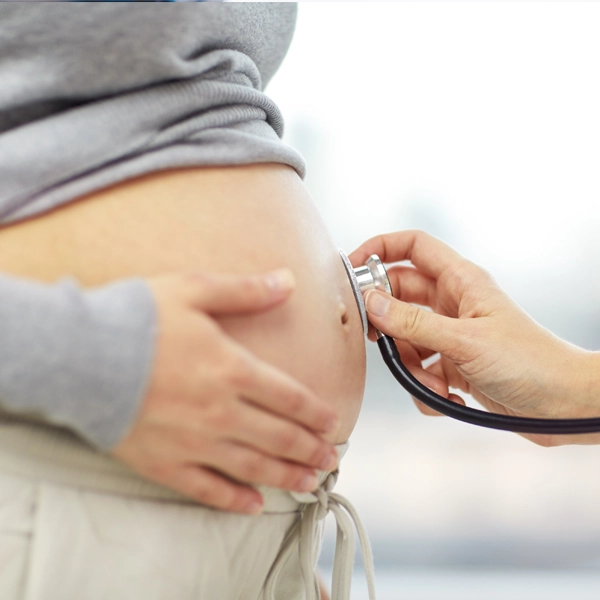
Dreams come true
Real stories like yours
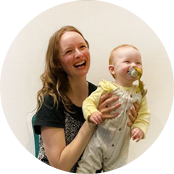
A Beautiful Journey of Hope: Victoria’s Experience at Tambre
With the right support and expertise, the journey to parenthood can indeed be wonderful. “We couldn’t have asked for more from Tambre”
Read more
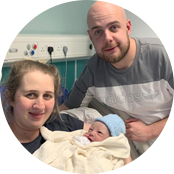
The happy ending to the story of Kirstie and Chris
“I accompanied Kirstie and Chris on that first visit to Madrid but they didn’t really need me as the Tambre team made them feel extremely welcome from day one so I felt very comfortable”
Read more

Our Most Travelled Patient and her Latest Destination, Tambre!
“We had huge expectations and I think they were met. I think it was a really lovely experience from start to finish,” Nicola acknowledges.
Read more
We stay with you
Shall we call you?





